Trumpf and Cellforce cooperate on e-mobility
© Shutterstock
Bar ohne Namen
Entschlossen verweigert sich Savage, der Bar einen Namen zu geben. Stattdessen sind drei klassische Design-Symbole das Logo der Trinkstätte in Dalston: ein gelbes Quadrat, ein rotes Viereck, ein blauer Kreis. Am meisten wurmt den sympathischen Franzosen dabei, dass es kein Gelbes-Dreieck-Emoji gibt. Das erschwert auf komische Weise die Kommunikation. Der Instagram Account lautet: a_bar_with_shapes-for_a_name und anderenorts tauchen die Begriffe ‘Savage Bar’ oder eben ‚Bauhaus Bar‘ auf.
Für den BCB bringt Savage nun sein Barkonzept mit und mixt für uns mit Unterstützung von Russian Standard Vodka an der perfekten Bar dazu.
The new strategic partnership is designed to help produce "one of the most powerful battery cells in the world”.
High-tech company Trumpf and high-performance battery cell manufacturer for e-mobility Cellforce have entered into a strategic partnership.
"Our goal is to produce one of the most powerful battery cells in the world," says Markus Gräf, COO of the Cellforce Group, a joint venture between Porsche AG and Customcells Holding. The battery manufacturer will use Trumpf lasers to produce so-called high-performance lithium-ion cells. "We will bring our experience in battery cell production to this partnership. Cellforce should benefit from our new application solutions at an early stage and can test our latest laser technology," says Trumpf Laser Technology CEO Christian Schmitz.
"The laser is the decisive tool"
Trumpf is already supplying laser systems to Cellforce for the production of its high-performance battery cells. These are being used in a pilot plant. "We want to raise the energy density, the performance as well as the fast-charging capability of the battery cell to a new level," says Gräf.
Cellforce's production facility, which is being built near Reutlingen, is scheduled to go into operation in 2024 with an initial capacity of at least 100 MWh per year. That's equivalent to high-performance battery cells for about 1,000 vehicles.
"The laser is the crucial tool for efficient battery cell production, without which e-mobility would be so impossible," says Schmitz. There are currently more than 30 different laser applications in the production of the cells.
